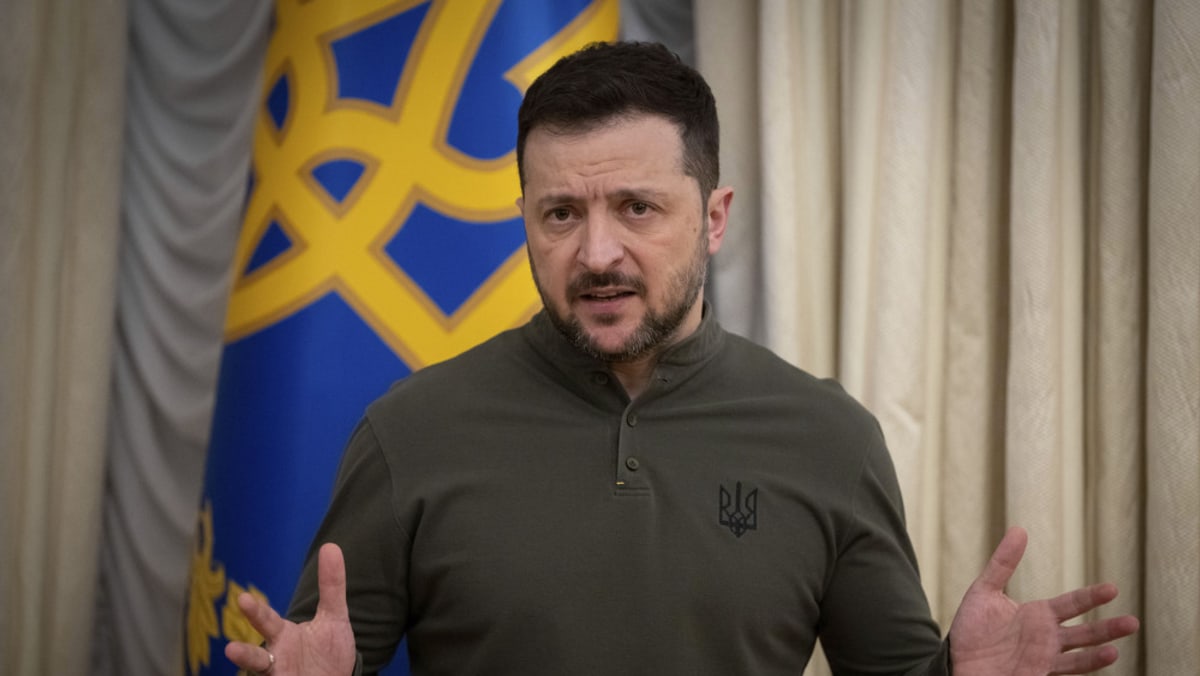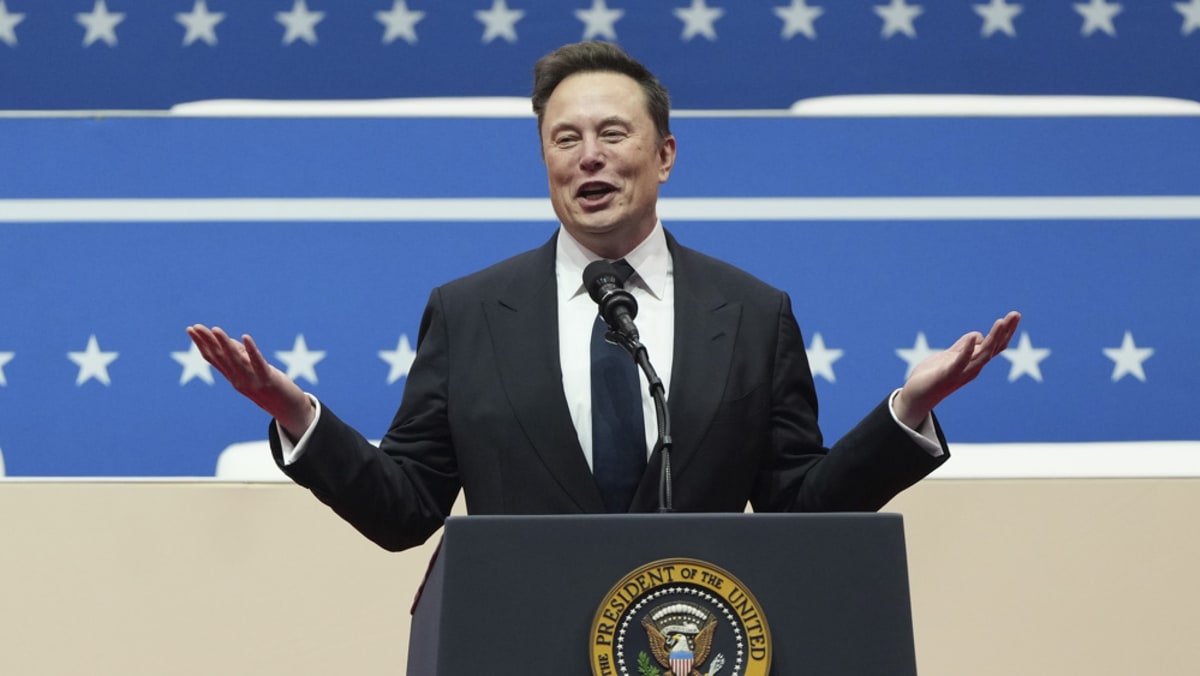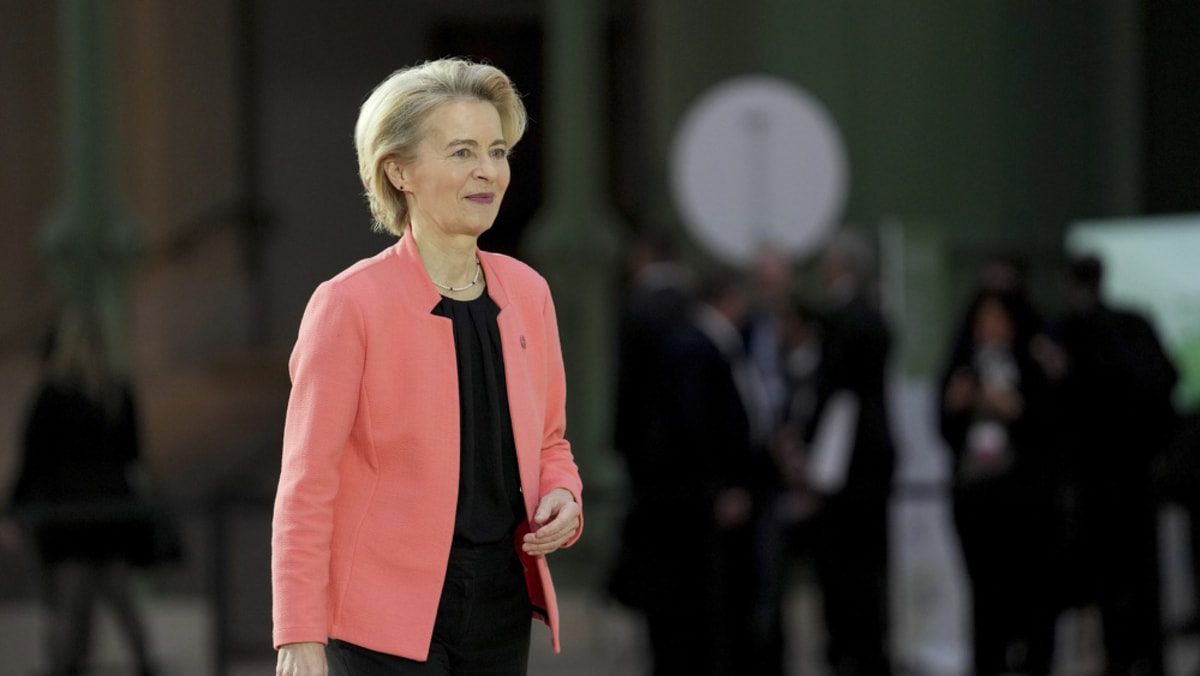WASHINGTON: President Donald Trump has pursued a radical overhaul of the US government since taking office on Jan 20, aiming to slash spending and dramatically downsize the 2.3 million strong civil service. He has deputised billionaire Elon Musk to head a “Department of Government Efficiency” that is combing through payment and personnel records.
Trump told reporters on Tuesday that the effort could cut US$1 trillion from the federal budget, which totalled US$6.75 trillion in the most recent fiscal year.
Independent budget experts, meanwhile, warn that Trump’s tax cut plans could worsen the nation’s long-term fiscal picture.
WHAT IS THE PROBLEM?
The US government has spent more money than it has collected every year since 2001, leading to annual budget deficits and a steadily growing debt load.
The country has borrowed heavily to fight wars in Iraq and Afghanistan, finance tax cuts, respond to natural disasters, and help Americans weather the 2007-2009 recession and the COVID-19 pandemic. But Washington has run deficits even when the country is not in crisis.
Debt held by the public now stands at US$28.9 trillion, equal to 100 per cent of GDP, and the nonpartisan Government Accountability Office predicts it will reach 107 per cent of GDP, a record high, by 2027.
Total debt, which includes obligations to government benefit programmes, stands at US$36.2 trillion, according to the Treasury Department.
The growing debt load and rising interest rates have pushed up borrowing costs. The government spent US$881 billion on interest payments in the most recent fiscal year, more than triple the amount it spent in 2017. Borrowing costs now exceed defence spending and are projected to account for a growing share of the budget in the years to come. That will leave less funding available for other uses.
Increased government borrowing could also slow economic growth and increase the likelihood of a fiscal crisis.
An ageing population will push up spending on retirement and health programmes, while the labour force that provides income tax revenue is projected to grow more slowly.
Over the years, both Democrats and Republicans have floated budget plans to tame the debt, with Democrats typically calling for higher taxes on the wealthy and Republicans calling for spending cuts to domestic programmes.
WHAT HAS TRUMP DONE?
Since taking office on Jan 20, Trump has launched a radical downsizing effort that has sparked street protests and accusations that he is overstepping his authority as president. His point person on that effort, billionaire Elon Musk, has led a small team that has combed through payment and personnel records, raising security and privacy concerns.
Labour unions and Democrats have managed to temporarily block many of his policies in court.
Nevertheless, Trump has effectively dismantled the US Agency for International Development, which dispenses foreign aid in 130 countries.
That has closed refugee clinics in Thailand, shut off anti-malaria programmes in Africa, and furloughed thousands of workers.
But any budget savings would be limited: The agency spent US$42 billion in the 2023 fiscal year, equal to 0.6 per cent federal outlays that year.













